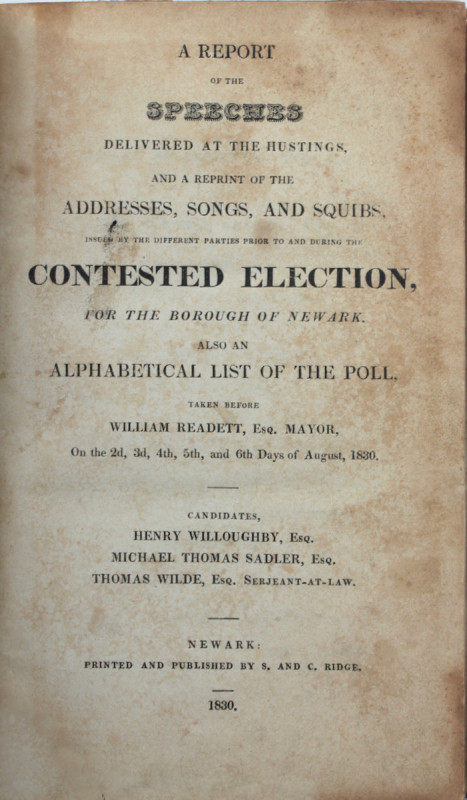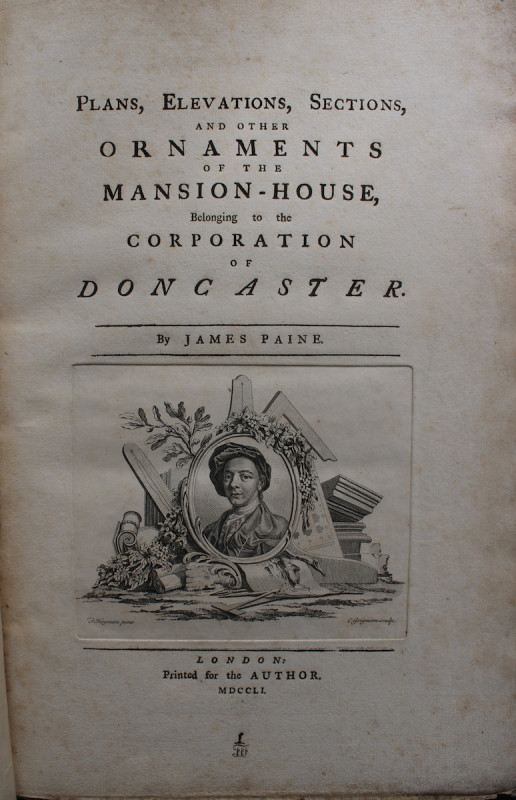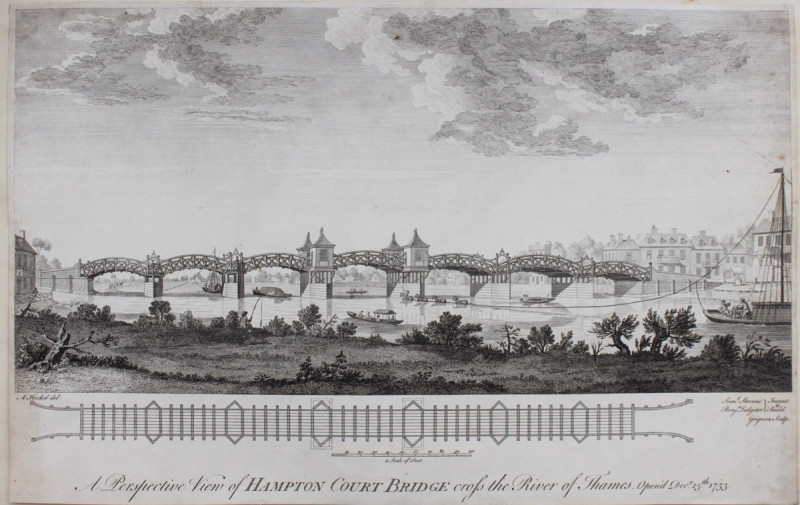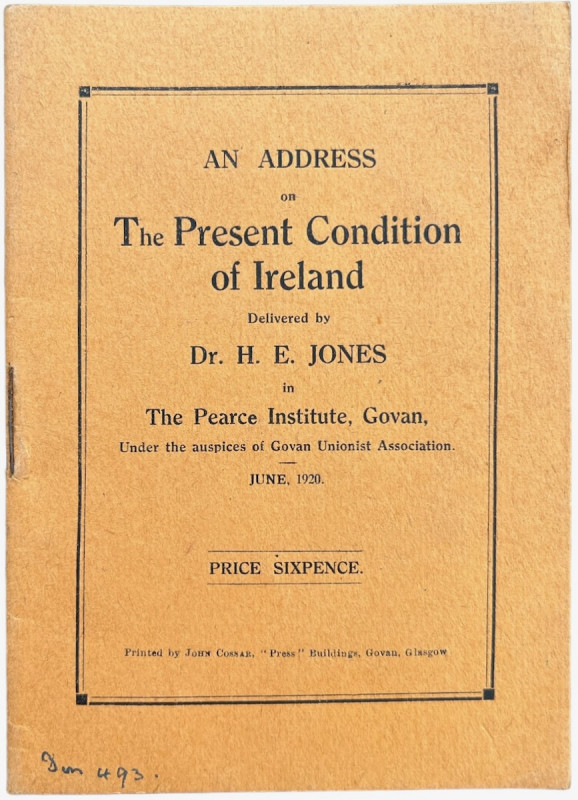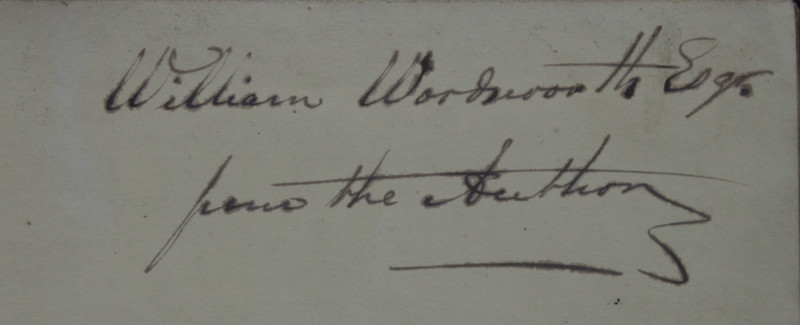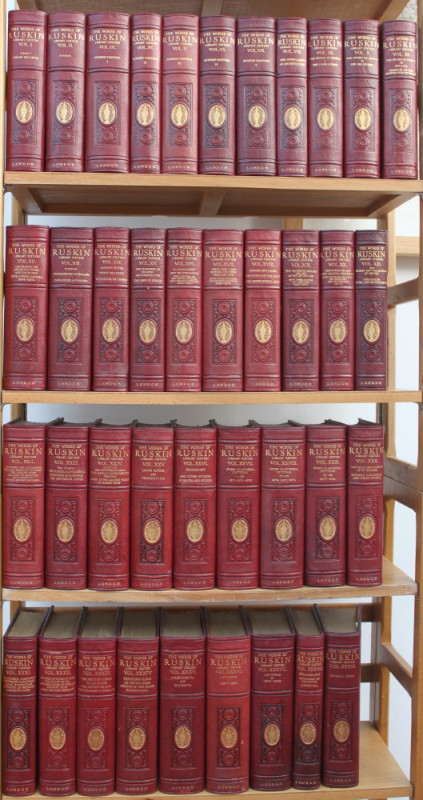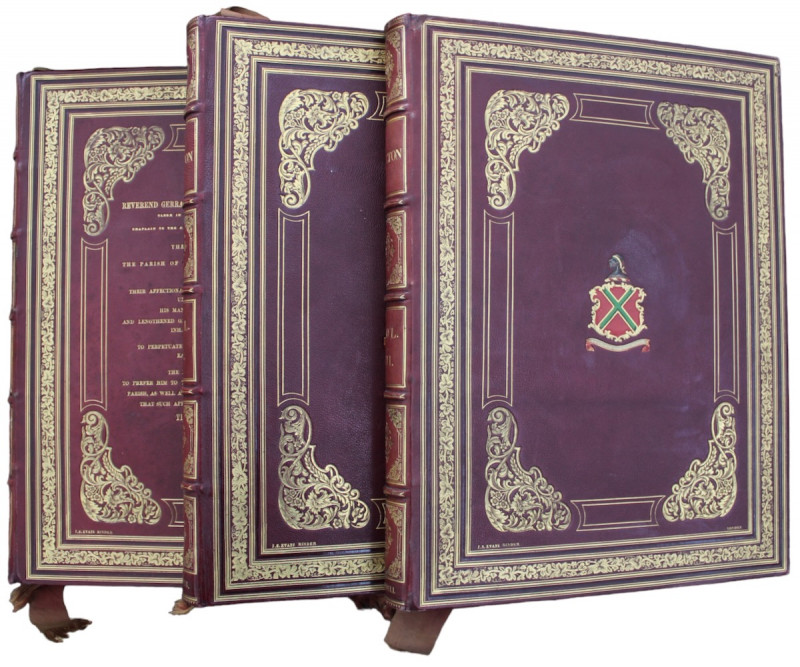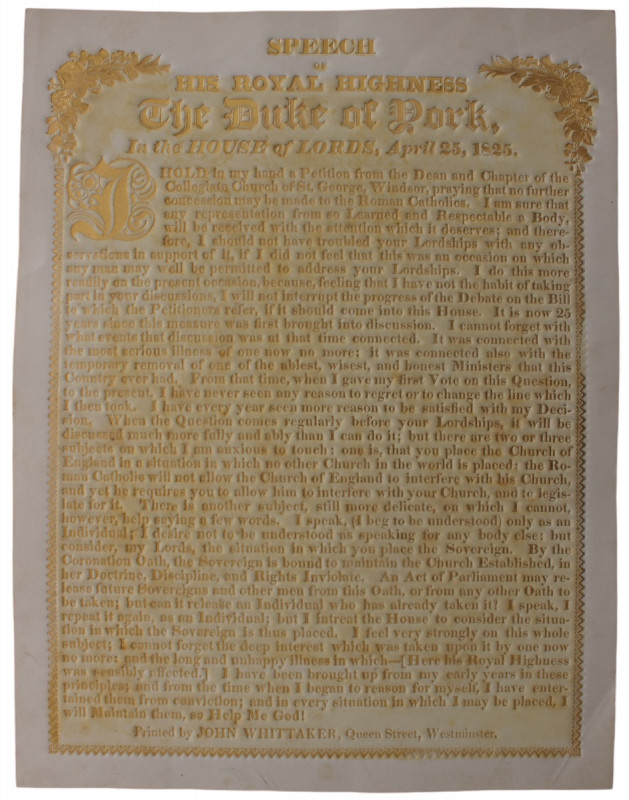18 ORIGINAL UNPUBLISHED BOOK ILLUSTRATIONS
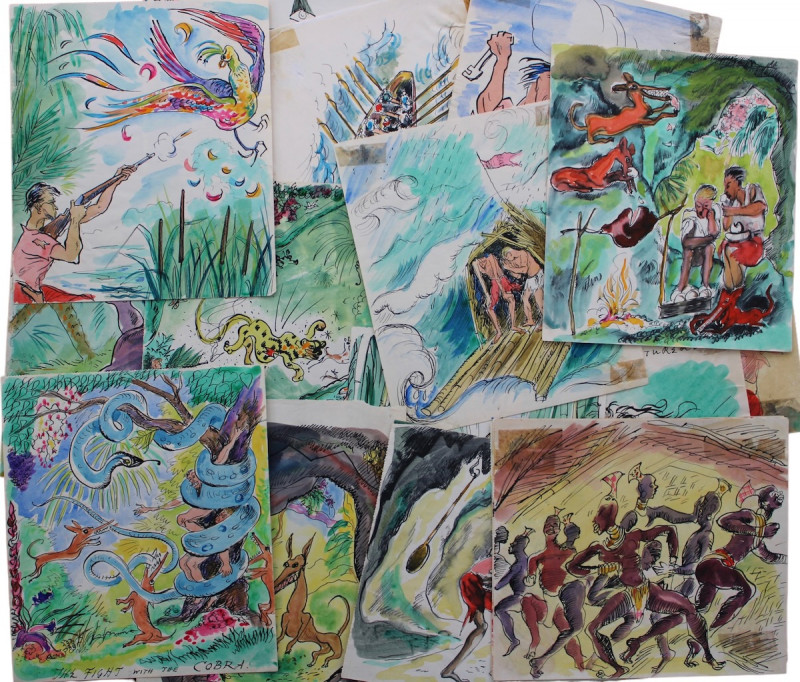
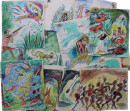
Book Description
CECIL BEATON’S UNPUBLISHED ILLUSTRATIONS
TO DONN CASEY’S ‘THESE FINE ADVENTURES’
Cecil Beaton [1904 – 80] is primarily known as a fashion, portrait and war photographer, stage and costume designer, painter, interior decorator and diarist.
During WW2 he was posted to the Ministry of Information to take photographs of the Home Front, and later the Far East. Some of these travels were recorded in his diaries and three books: Near East [1943], Far East [1943], and India [1945].
In 1944 he was a guest of the Australian diplomat and politician Richard Casey, the Governor-General of Bengal and his wife Maie; Casey was later appointed Governor General of Australia.
Dealer Notes
Maie welcomed his presence “He was a comfort and help in these days when I knew nobody and Dick was ill. Together we simplified and reorganised the furniture, borrowing from the Viceroy some elegant tables and chairs out of the ball-room to replace the terrible things that had been in the dining-hall on our arrival. Cecil taught our gentle and poetic doer of flowers to vary our decoration by the use of clear green of lettuce leaves which enlivened the tedium of endless cannas.”1
Richard Casey was less enthusiastic “The wretched Cecil Beaton is still in bed here (about 10 days) with what is apparently dengue fever.”2
During this time, “While he stayed with us he also fell ill. With dengue fever, and lay restless or supine for many days. When he felt better Donn, who was writing an adventure story entitled (oddly it seemed to us) Mission to Mombasa, lay on Cecil’s bed and told him how he would like it illustrated. The results were magnificent. Cecil’s always brilliant pen was released by his ecstatic and no doubt irritable condition into Donn’s uninhibited world. The fourteen [sic] illustrations swirl with movement and colour. Out of delirium came invention of a high order.”3
This short story of some 4,500 words is a rip-roaring adventure-comic style tale of daring-do, where an adventurous father and son travel across Africa to carry a secret formula for ingredients to make a powerful explosive. During their travels they meet a water buffalo, which they shoot; a leopard, which they shoot; a nantis [an invented beast, a dog-like creature capable of climbing trees], which they shoot, though they befriend its offspring, who are a help to them in their adventures. They also meet a giant blue cobra, dispatched by the nantises. Being swept down the river they are rescued by natives, who they subsequently help to defeat their local enemies. They discover the celebrated Key of Life of the Ancient Egyptians. They are captured by a German, who treacherously takes them prisoner after they had tended his wound. They are led to an aeroplane and whist on the flight they “dashed the pilot’s skull to fragments” and the plane crash lands in the sea where they are rescued by a merchant ship. This vessel is subsequently torpedoed, but they make it to shore and manage to deliver their valuable package and are rewarded by a cheque for five thousand pounds.
The story is the type of adventure that a young boy would be reading in the illustrated adventure comics of the period but is lifted to new heights by Beaton’s extraordinarily vivid and colourful illustrations. Although instantly recognisable as Beaton’s style it is unlikely that Beaton ever repeated this type of illustrative exercise.
The title is variously given as “These Fine Adventures or Mission to Bombassa” or “Mission to Mombassa.” Included are 2 typescripts of the story plus a carbon copy of one of them, variously dated 1943 and 1944. One, with a number of pencil corrections and amendments, is likely the first typescript, the second, with its carbon copy, the final version, though there are some manuscript corrections here too. The position for the numbered illustrations is marked in pencil on the first and last copies.
1. Maie Casey. Tides and Eddies. Penguin, 1966. p. 142.
2. Richard Casey’s unpublished diaries. Photocopy of page supplied.
3. Maie Casey. ibid. p. 146.
Provenance. From the estate of Donn Casey.
Also included with the illustrations are supporting material including.
A manuscript and typescript diary by the young Donn Casey covering the period September 1944 – February 1945; c. 120 pages, a mixture of the mundane, and more adventurous activities. Includes a trip to the Sundarbans area of the Bay of Bengal, building a crossbow, skinning a rat, hunting jungle murghi [“we got four but could not find them all, so returned to camp with 2.”], riding an elephant to a tiger hunt, getting a tick in his eye [the doctor “…apparently had never seen such a case before] for which cocaine was applied to deaden the eye, etc. The diary has the official seal of the postal censor; one section with locations is heavily redacted.
A signed affidavit from Pat Jarrett declaring that the illustrations were made in her presence at Government House, Calcutta, India, in 1944, with photocopies of the story and illustrations.
A letter from Angus & Robertson Ltd. returning the illustrations following an exhibition in 1966 and apologising for damage to one of the illustrations [see no 16].
Photograph of Richard Casey, with his son Donn in a model car.
Each illustration is approximately 90 x 160 mm. several with old Sellotape or stains.
A pdf with description and copies of the illustrations is available on request.
A Limited Edition printed version of the pdf is also available – 50 copies printed £5.95 post free or £5 at the Ilec fair.
Richard Casey was less enthusiastic “The wretched Cecil Beaton is still in bed here (about 10 days) with what is apparently dengue fever.”2
During this time, “While he stayed with us he also fell ill. With dengue fever, and lay restless or supine for many days. When he felt better Donn, who was writing an adventure story entitled (oddly it seemed to us) Mission to Mombasa, lay on Cecil’s bed and told him how he would like it illustrated. The results were magnificent. Cecil’s always brilliant pen was released by his ecstatic and no doubt irritable condition into Donn’s uninhibited world. The fourteen [sic] illustrations swirl with movement and colour. Out of delirium came invention of a high order.”3
This short story of some 4,500 words is a rip-roaring adventure-comic style tale of daring-do, where an adventurous father and son travel across Africa to carry a secret formula for ingredients to make a powerful explosive. During their travels they meet a water buffalo, which they shoot; a leopard, which they shoot; a nantis [an invented beast, a dog-like creature capable of climbing trees], which they shoot, though they befriend its offspring, who are a help to them in their adventures. They also meet a giant blue cobra, dispatched by the nantises. Being swept down the river they are rescued by natives, who they subsequently help to defeat their local enemies. They discover the celebrated Key of Life of the Ancient Egyptians. They are captured by a German, who treacherously takes them prisoner after they had tended his wound. They are led to an aeroplane and whist on the flight they “dashed the pilot’s skull to fragments” and the plane crash lands in the sea where they are rescued by a merchant ship. This vessel is subsequently torpedoed, but they make it to shore and manage to deliver their valuable package and are rewarded by a cheque for five thousand pounds.
The story is the type of adventure that a young boy would be reading in the illustrated adventure comics of the period but is lifted to new heights by Beaton’s extraordinarily vivid and colourful illustrations. Although instantly recognisable as Beaton’s style it is unlikely that Beaton ever repeated this type of illustrative exercise.
The title is variously given as “These Fine Adventures or Mission to Bombassa” or “Mission to Mombassa.” Included are 2 typescripts of the story plus a carbon copy of one of them, variously dated 1943 and 1944. One, with a number of pencil corrections and amendments, is likely the first typescript, the second, with its carbon copy, the final version, though there are some manuscript corrections here too. The position for the numbered illustrations is marked in pencil on the first and last copies.
1. Maie Casey. Tides and Eddies. Penguin, 1966. p. 142.
2. Richard Casey’s unpublished diaries. Photocopy of page supplied.
3. Maie Casey. ibid. p. 146.
Provenance. From the estate of Donn Casey.
Also included with the illustrations are supporting material including.
A manuscript and typescript diary by the young Donn Casey covering the period September 1944 – February 1945; c. 120 pages, a mixture of the mundane, and more adventurous activities. Includes a trip to the Sundarbans area of the Bay of Bengal, building a crossbow, skinning a rat, hunting jungle murghi [“we got four but could not find them all, so returned to camp with 2.”], riding an elephant to a tiger hunt, getting a tick in his eye [the doctor “…apparently had never seen such a case before] for which cocaine was applied to deaden the eye, etc. The diary has the official seal of the postal censor; one section with locations is heavily redacted.
A signed affidavit from Pat Jarrett declaring that the illustrations were made in her presence at Government House, Calcutta, India, in 1944, with photocopies of the story and illustrations.
A letter from Angus & Robertson Ltd. returning the illustrations following an exhibition in 1966 and apologising for damage to one of the illustrations [see no 16].
Photograph of Richard Casey, with his son Donn in a model car.
Each illustration is approximately 90 x 160 mm. several with old Sellotape or stains.
A pdf with description and copies of the illustrations is available on request.
A Limited Edition printed version of the pdf is also available – 50 copies printed £5.95 post free or £5 at the Ilec fair.
Author
CECIL BEATON
Date
1944
Friends of the PBFA
For £10 get free entry to our fairs, updates from the PBFA and more.
Please email info@pbfa.org for more information
